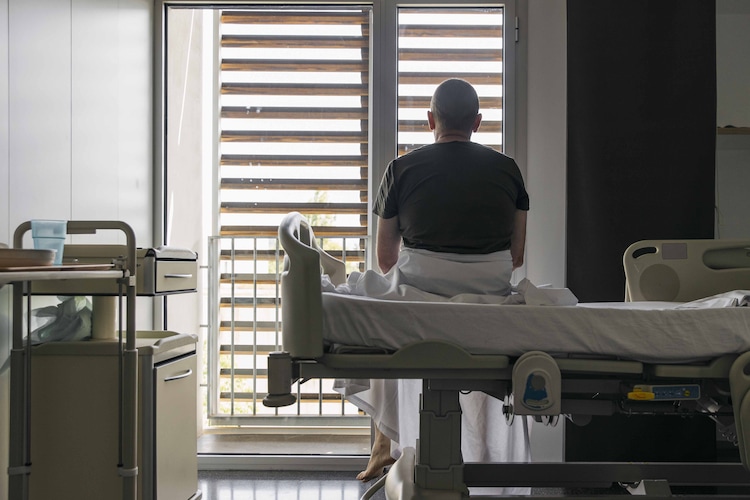Men can also get breast cancer: how it is diagnosed and treated
Breast cancer, although rare in men, poses real risks associated with genetic and environmental factors. Early detection through awareness of symptoms can help improve treatment outcomes in men.

Breast cancer is often thought of as a disease that only affects women, but men may also be at risk, although this is rare.
According to Dr. CN Patil, HOD and Lead Consultant, Medical Oncology and Haemato-Oncology, Aster Whitefield Hospital, Bengaluru, “Male breast cancer accounts for less than 1% of all breast cancer cases, but its incidence is a reality that remains ignored. Can’t be done.” ,
Causes and risk factors
Breast cancer in men is mainly associated with hormonal imbalance, genetic mutations and environmental factors.
BRCA1 and BRCA2 gene mutations increase the risk of breast cancer in men, similar to their effect on women.
“Family history plays an important role in determining risk, especially for men who have close female relatives who have had breast cancer,” Dr. Patil said.

Additionally, conditions such as Klinefelter syndrome, which causes an extra
Exposure to radiation and certain medical treatments may further increase sensitivity. Men between the ages of 60 and 70 are most at risk, as aging naturally increases factors such as hormonal changes and genetic vulnerabilities.
Symptoms to be aware of
Breast cancer symptoms in men are often subtle, which makes awareness important. The most common symptom is the presence of a lump or mass in the breast, which is usually hard and painless.
Men may feel dimpling, redness, or sagging in the breast skin. Changes in the nipple such as retraction or discharge are also warning signs.
Localized swelling of the breast tissue may be a symptom, even if no lump is found. While breast cancer is usually painless, some men complain of persistent discomfort.
Swelling in the armpit or chest areas may indicate that cancer has spread to the lymph nodes. Early recognition of these symptoms is important, as it can significantly affect treatment outcomes.

“Early diagnosis increases the chances of successful treatment, which is why men need to be alert to any abnormal changes in their breast tissue,” says Dr Patil.
The diagnostic process for breast cancer in men is similar to that in women. Medical breast examination is followed by imaging tests such as mammogram or ultrasound.
Although mammograms are less common for men, they are still useful in identifying abnormalities. Ultrasound helps determine whether the lump is a solid mass or a cyst, while an MRI may be necessary in some cases.
A biopsy confirms the diagnosis by testing a sample of tissue for cancer cells.
Treatment
Surgery: Mastectomy (removal of the breast) or lumpectomy (removal of the tumor) are common procedures. After surgery, radiation therapy is often given to destroy any remaining cancer cells.
Chemotherapy: This treatment uses drugs to target and destroy cancer cells and is often given before or after surgery.
Hormone Therapy: For hormone-receptor-positive cancers, hormone therapy is used to block hormones that promote tumor growth.
Targeted Therapy: This treatment focuses on specific characteristics of cancer cells, providing a more precise approach to treatment.
Male breast cancer is rare, but if diagnosed early, the five-year survival rate can be as high as 84%.
“Men need to know that breast cancer is not just a women’s disease. By recognizing symptoms early, they can improve their chances of recovery,” said Dr. Patil.







